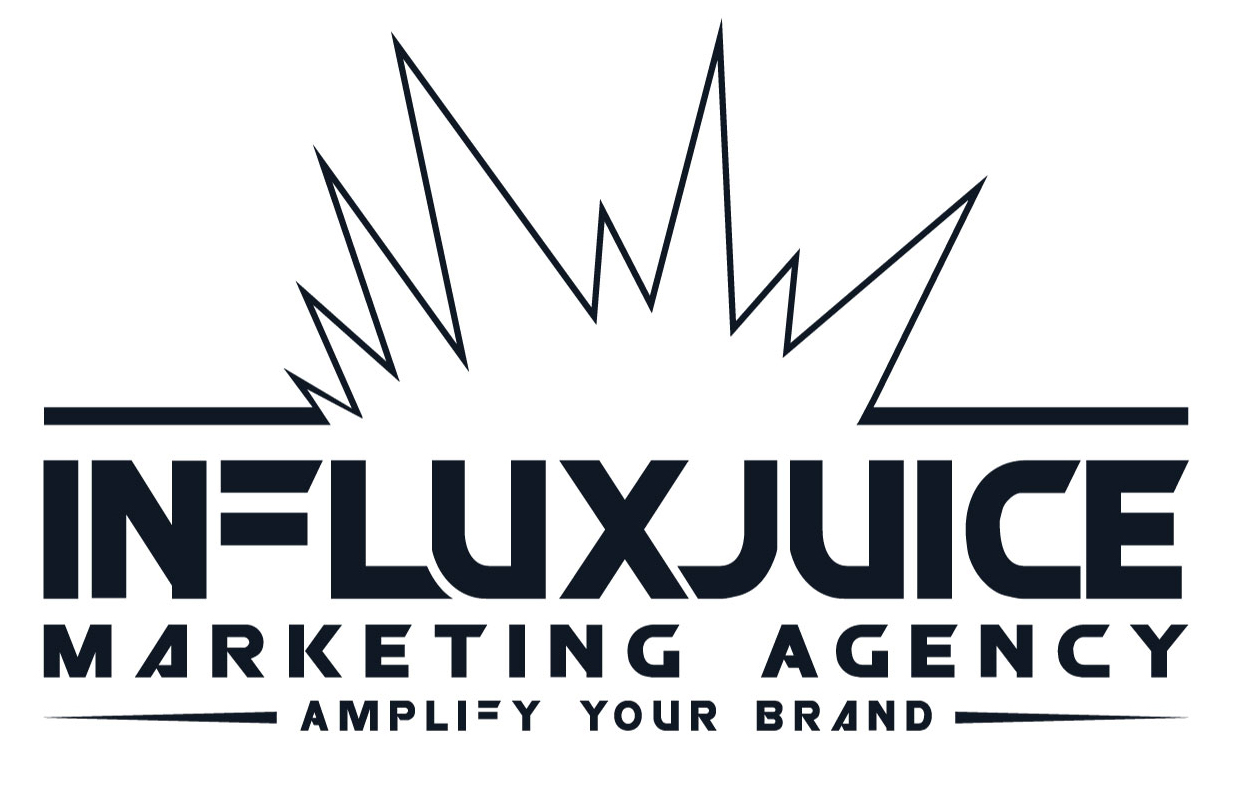What does the future of work look like? The COVID-19 pandemic forced a rapid shift towards remote work, fundamentally altering the way many businesses operate. While the initial transition had its challenges, remote work has proven to be a viable and productive model for many organisations. As the world continues to adapt to the new normal, the future of work is likely to be a blend of remote, hybrid, and traditional office-based arrangements.
The Impact of Remote Work on Business Culture and Productivity
Remote work has had a significant impact on business culture and productivity. Some of the key benefits include:
- Increased Flexibility: Remote work offers employees greater flexibility in terms of where and when they work. This has led to improved work-life balance and job satisfaction.
- Improved Productivity: Studies have shown that remote workers can be just as productive, if not more so, than their in-office counterparts.
- Cost Savings: Remote work can reduce overhead costs for businesses, such as office space, utilities, and commuting expenses.
- Access to a Wider Talent Pool: Remote work allows businesses to hire talent from anywhere in the world, expanding their access to skilled workers.
However, remote work also presents challenges. One of the biggest challenges is maintaining a strong company culture. When employees are physically separated, it can be difficult to foster a sense of belonging and teamwork. Additionally, remote workers may face challenges with communication and collaboration.
Challenges and Opportunities of Hybrid Work Models
Hybrid work models, which combine remote and in-office work, are becoming increasingly popular. This approach offers a balance between the flexibility of remote work and the benefits of in-person collaboration.
Some of the challenges of hybrid work models include:
- Technology Challenges: Ensuring that employees have the necessary technology and tools to work effectively both remotely and in-office can be challenging.
- Equity Concerns: Hybrid work models can create inequities if not implemented carefully. For example, employees who are required to come into the office more frequently may feel disadvantaged.
- Communication Challenges: Coordinating schedules and ensuring effective communication can be difficult in a hybrid work environment.
Despite these challenges, hybrid work models offer significant opportunities for businesses. They can improve employee satisfaction, boost productivity, and reduce costs.
Future Trends in Workplace Technology and Design
As the future of work evolves, we can expect to see continued advancements in workplace technology and design. Some of the key trends include:
- AI and Automation: AI and automation will play an increasingly important role in the workplace, automating routine tasks and freeing up employees to focus on more strategic work.
- Virtual and Augmented Reality: VR and AR technologies can be used to create immersive and collaborative work experiences.
- Flexible Workspaces: Workspaces will need to be designed to accommodate a variety of work styles, including remote, hybrid, and in-office work.
- Sustainability: Sustainability will become a key consideration in workplace design, with a focus on energy efficiency, eco-friendly materials, and healthy work environments.
What is the Future of Work?
The future of work is likely to be a blend of remote, hybrid, and traditional office-based arrangements. Businesses that can adapt to these changes and create a positive and productive work environment will succeed.
What do you think about the future of work?
- How do you think the future of work will evolve in the next decade?
- What are the biggest challenges and opportunities of remote and hybrid work models?
- How can businesses create a strong company culture in a remote or hybrid work environment?
- What role will technology play in shaping the future of work?
- What are your thoughts on the long-term impact of the COVID-19 pandemic on the way we work?
_________________________________________________________________
Is your business on the first page of Google? Is it on the 2nd? 3rd?
Did you know 75% of users click on one of the top three search results on Google?
Want to learn how to get your business ranked in the top 3 of Google?
Tap here to chat to me and I’ll let you know.
If you’ve enjoyed reading today’s blog, please share our blog link below.
Do you have a blog on business and marketing that you’d like to share on influxjuice.com/blog? Contact me at rob@influxjuice.com.
Tap here for your SEO Cheatsheet and Marketing Guide.

